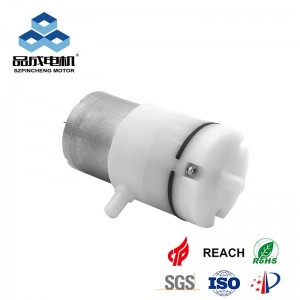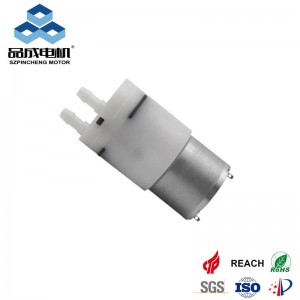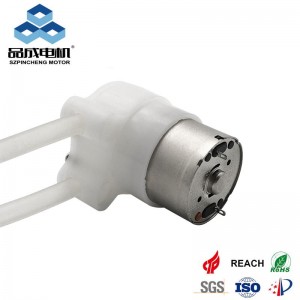Breast pumps mimic an infant’s natural nursing rhythm through two critical settings: vacuum strength (suction pressure) and cycle speed (rhythm). Optimizing these isn’t just about comfort—it impacts milk output, session efficiency, and nipple health. Here’s how they work and how to personalize them.
The Physics of Pumping: Vacuum + Cycle Explained
1. Vacuum Strength (mmHg/kPa)
-
What it does: Creates suction to draw milk from ducts.
-
Optimal Range:
-
Initiation Phase (Letdown): 150–220 mmHg (-20 to -29 kPa)
-
Expression Phase: 220–350 mmHg (-29 to -47 kPa)
-
-
Too Low? → Incomplete emptying.
-
Too High? → Pain, tissue trauma (studies show >350 mmHg risks damage).
2. Cycle Speed (Cycles Per Minute - CPM)
-
What it does: Simulates baby’s suckling rhythm.
-
Physiological Match:
-
Stimulation Mode: 100–120 CPM (rapid, light sucks to trigger letdown).
-
Expression Mode: 30–60 CPM (slower, deeper draws to empty milk).
-
⚠️ Key Insight: Research (Pediatrics, 2020) confirms matching pump cycles to infant feeding patterns increases milk yield by 18%.
Real-World Settings by Pump Type
| Pump Class | Vacuum Range | Cycle Range | Best For |
|---|---|---|---|
| Hospital-Grade | 50–350 mmHg | 30–120 CPM | Premature infants, low supply |
| Portable Electric | 80–300 mmHg | 45–78 CPM | Daily use, working moms |
| Manual Pumps | User-controlled | 40–60 CPM (hand rhythm) | Occasional use, backup |
*Note: Brands like Pincheng Motor (makers of hospital-grade pump motors like PYP130-XZ) enable 5mmHg micro-adjustments for precision.*
4 Signs Your Settings Need Adjustment
-
Pain during pumping → Lower vacuum by 10–15mmHg.
-
Low milk output → Increase expression-phase vacuum after letdown.
-
Long letdown times → Raise stimulation CPM to 100–120.
-
Milk stops flowing → Switch to "massage mode" (high CPM/low vacuum).
Tech Innovations: Smart Pumping
-
Auto-Response Modes: Pumps like Willow 3.0 detect letdown and auto-switch settings.
-
Silent Motors: Coreless DC motors (e.g., Pincheng’s 45dB units) enable discreet use.
-
Pressure Sensors: Prevent vacuum spikes >350 mmHg (EU safety standard EN 60601-2-69).
Expert Tips for Optimization
-
Start Low, Go Slow: Begin at 150 mmHg / 70 CPM, increase gradually.
-
Time Your Phases:
-
Stimulation: 2 minutes (120 CPM)
-
Expression: 15 minutes (50 CPM)
-
-
Match Your Body:
-
Fast letdown? Use higher initial vacuum (200+ mmHg).
-
Dense tissue? Prioritize longer expression cycles.
-
The Future: Biometric pumps (using AI to adapt to duct size) and IoT integration (tracking output/ml per setting) are rolling out in 2024.
"Vacuum isn’t a strength test—it’s a dialogue with your body. Find the lowest effective suction."
— Dr. Jane Morton, Stanford Lactation Study
Ready to Optimize?
Whether using a hospital-grade system or a portable pump, mastering cycle and vacuum unlocks pain-free, efficient sessions. For reliability, choose pumps with medical-grade motors like Pincheng’s pressure-controlled units—where 250,000-cycle durability meets micro-adjustment precision.
you like also all
Read More News
Post time: Jul-31-2025





